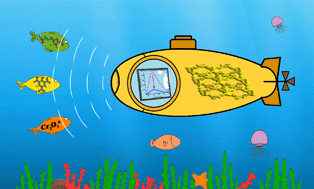A water-stable multi-responsive luminescent Zn-MOF sensor for detecting TNP, NZF and Cr2O72− in aqueous media†
Abstract
The wide prevalence of organic and inorganic pollutants in water from various industries is responsible for serious environmental problems and endangers human beings. Therefore, the search for effective methods to detect these pollutants has gained great importance. In this work, a new luminescent MOF, {[Zn(L)(bpe)0.5]·DMF}n (1) [H2L = 4,4′-((naphthalene-1,4-dicarbonyl)bis(azanediyl))dibenzoic acid, bpe = 1,2-bis(4-pyridyl)ethene], was solvothermally synthesized and structurally characterized. In this MOF, Zn-SBUs (SBUs = secondary building units) were connected by acylamide-containing dicarboxylate L2− and nitrogen-containing bpe molecules to yield a 3D porous framework with isolated DMF molecules in the pores. The activated solvent-free MOF sample (denoted as 1a) with good water-stability was obtained by the solvent-exchange and vacuum heat treatment techniques. The luminescence sensing experiments showed that 1a could sensitively, selectively and reversibly detect 2,4,6-trinitrophenol (TNP), nitrofurazone (NZF) and Cr2O72− in aqueous media, and the corresponding luminescence quenching mechanism has also been discussed. In addition, MOF 1a could quantitatively detect TNP, NZF and Cr2O72− in tap water samples, indicating that MOF 1a has the potential to detect the aforesaid pollutants in various environmental water matrices.

- This article is part of the themed collection: Dalton Transactions up-and-coming articles


 Please wait while we load your content...
Please wait while we load your content...